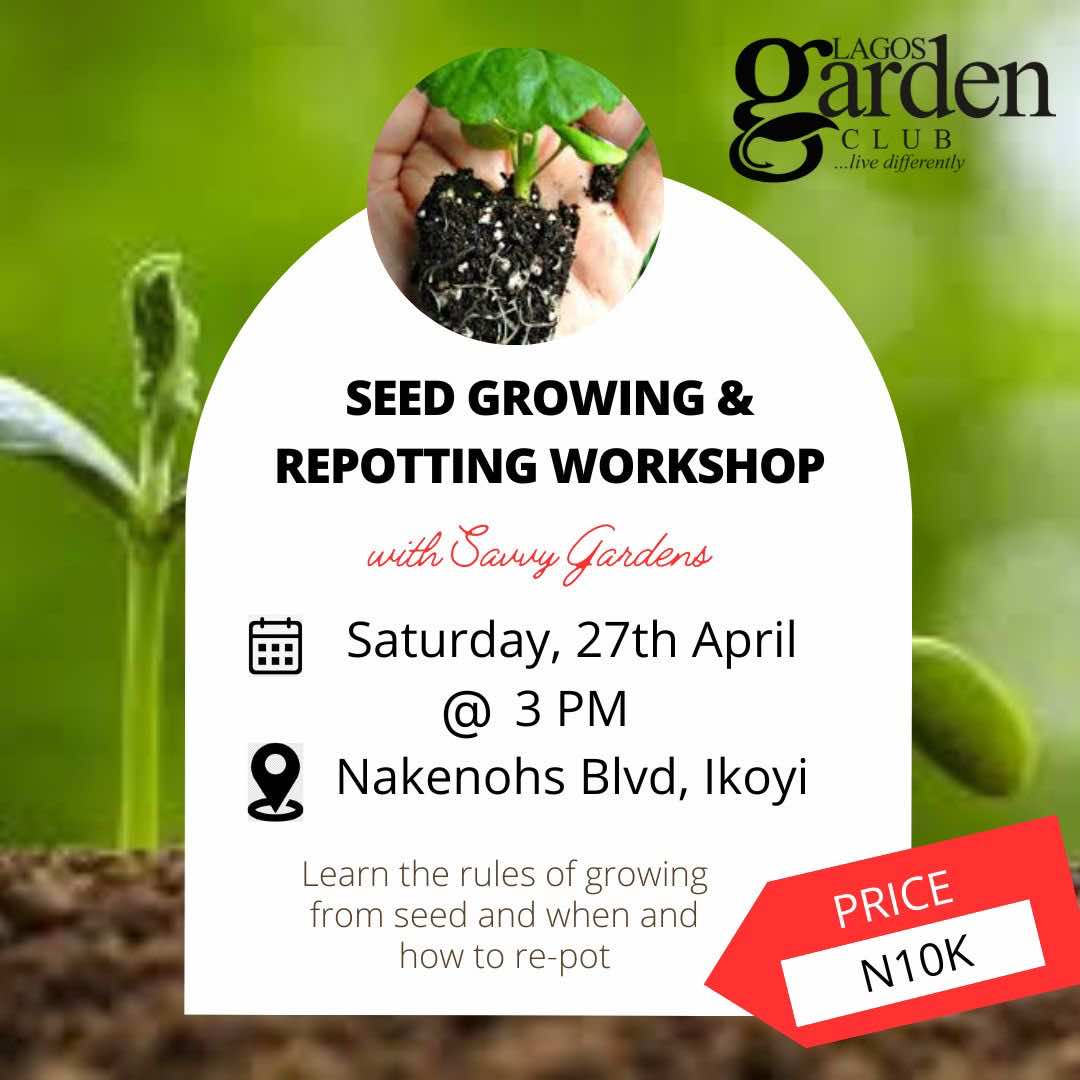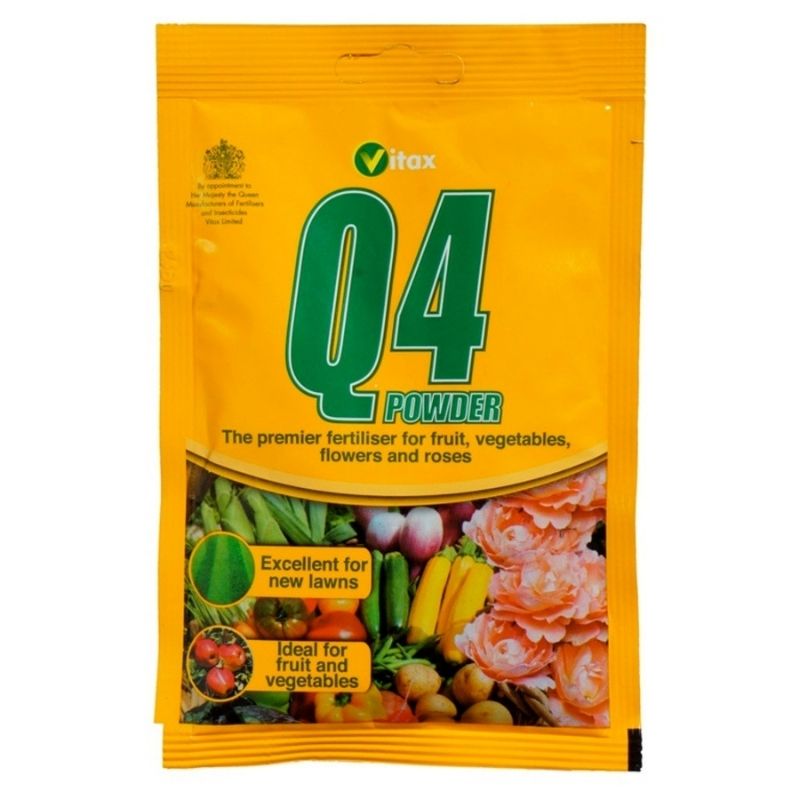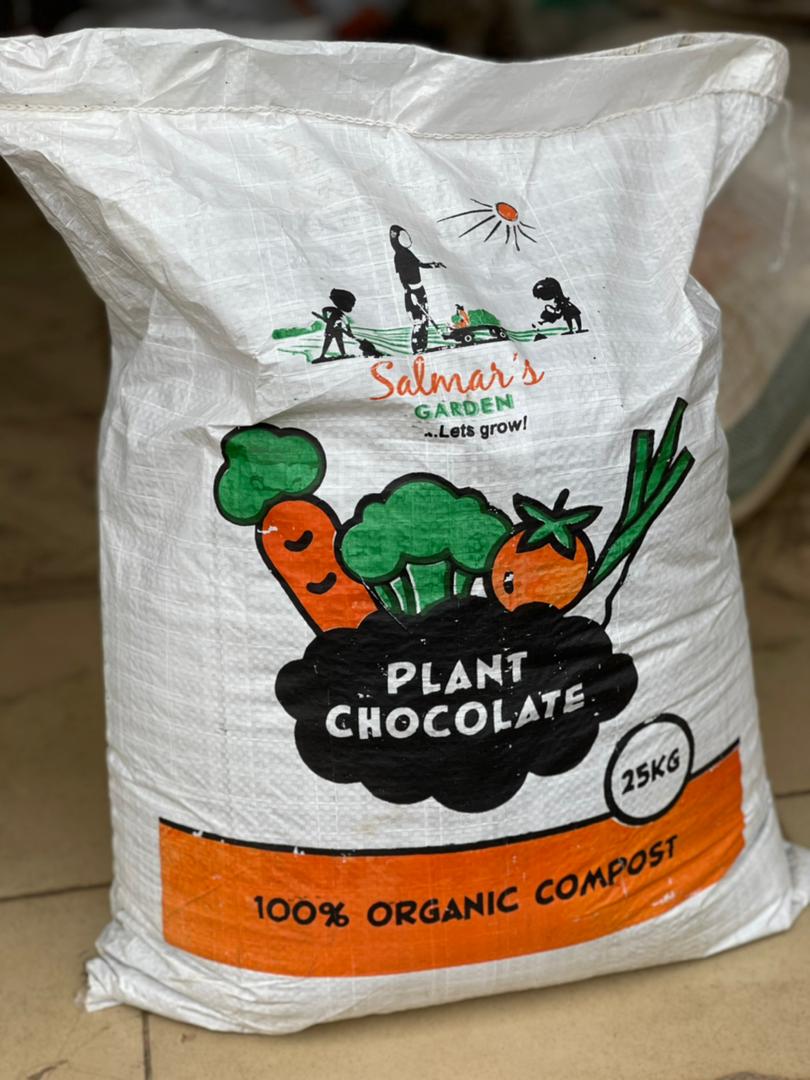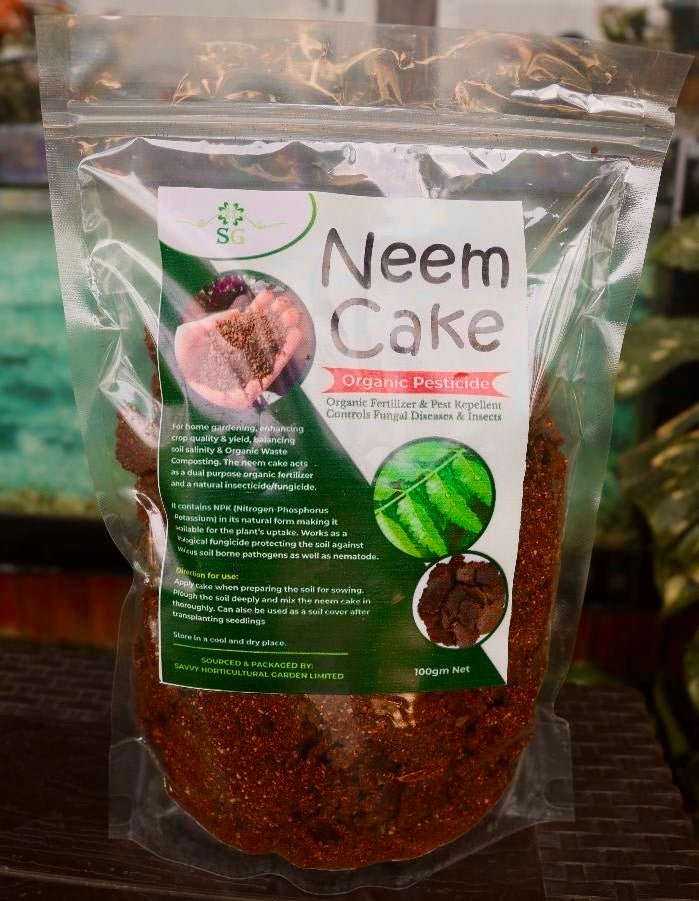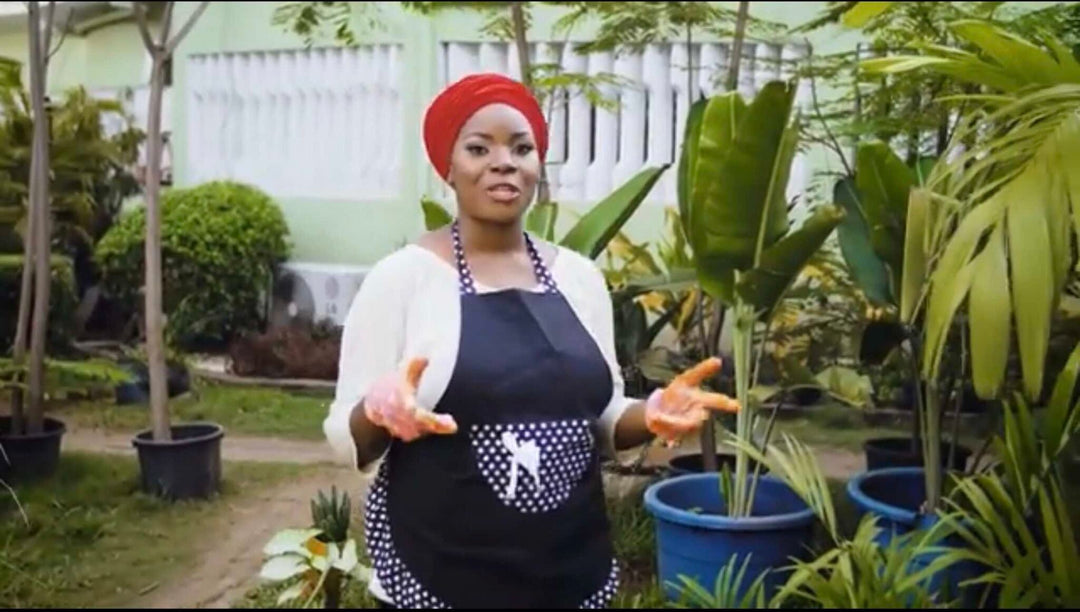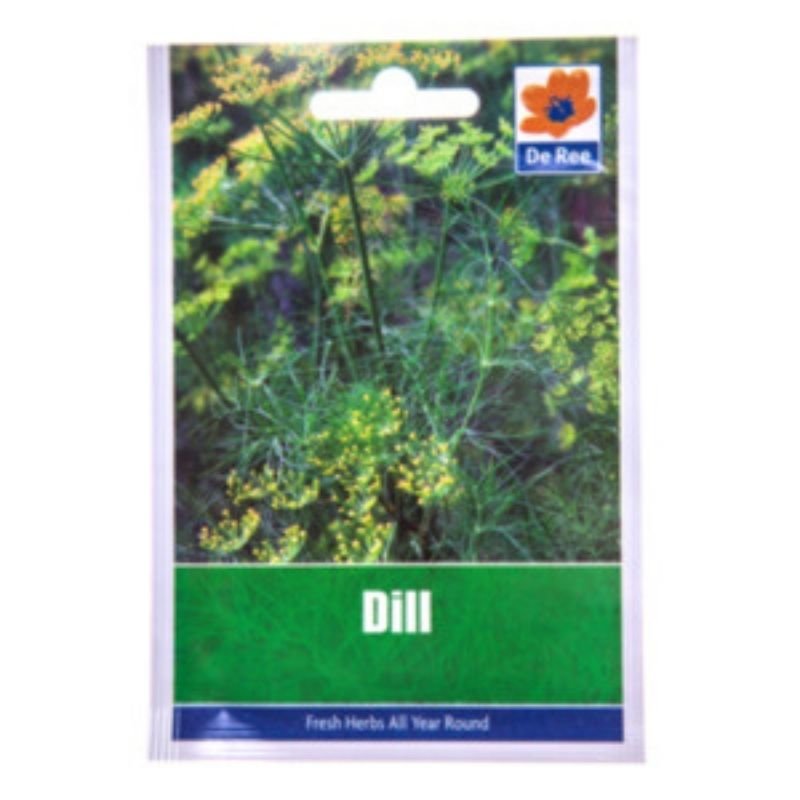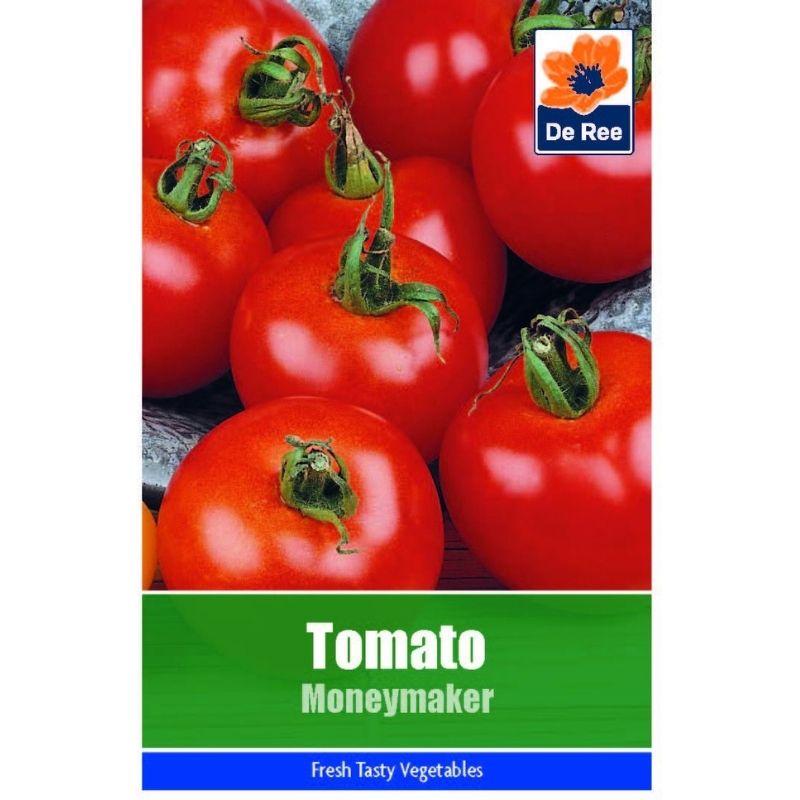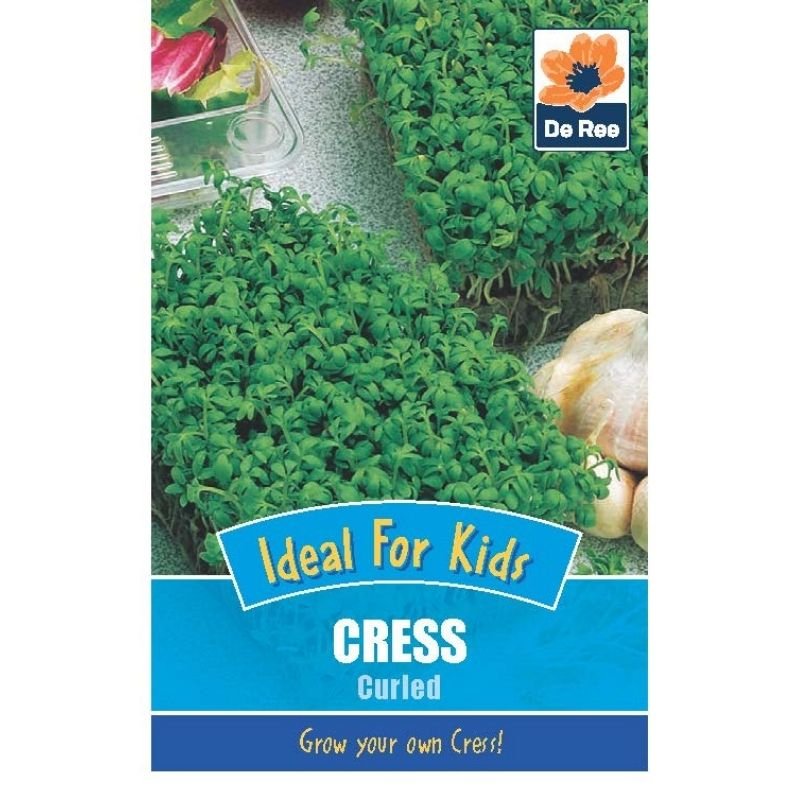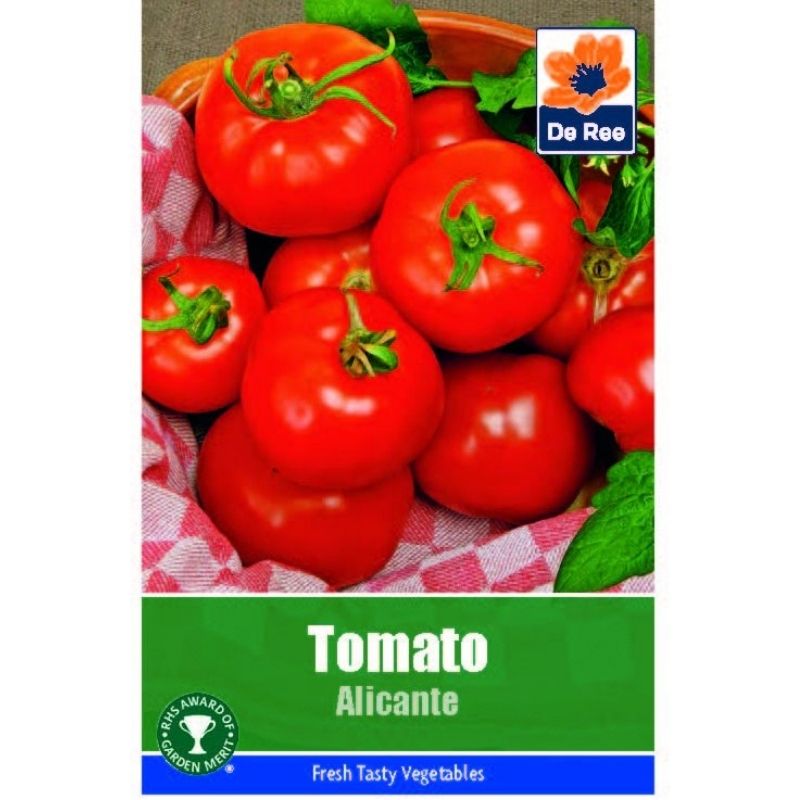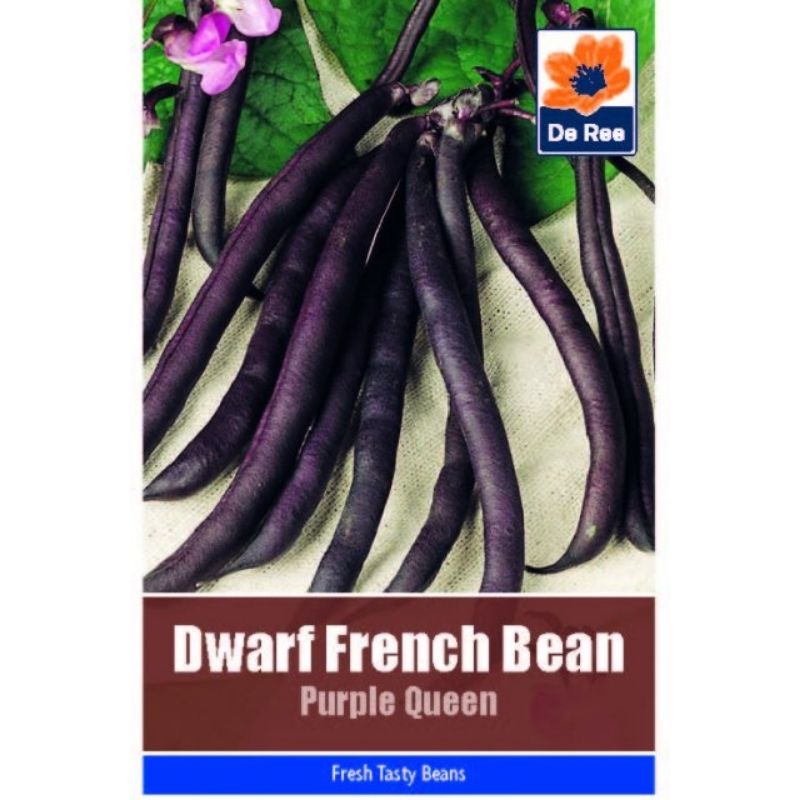Choosing the Right Type of Soil
With the exception of hydroponics gardening, one important thing to consider when growing plants is choosing the right type of soil. Soil is basically the growing medium for any plant to grow. If you give careful attention to soil preparation, your plant will grow healthy and strong.
What Are the Main Functions of the Soil?
Anchorage and Support. It provides a medium for the roots to anchor on making the plant stable above ground.
Water, Nutrients, and Oxygen Supply. The roots draw in water, nutrients, and oxygen from the soil. Whatever available resources there are in the medium, the roots can freely access and distribute to the various plant parts.
Home for Billions of Microorganisms. Although it’s hard to imagine, just a teaspoon of soil houses a lot of microorganisms such as bacteria, fungi, nematodes, worms, insects, and earthworms. Each plays an important role in the release and cycling of nutrients.
However, keep in mind that not all types of soil are suitable for plant growth and development. Oftentimes, the reason why plants aren’t flourishing is because of poor soil quality. One should learn how to distinguish a healthy and good soil from an unhealthy and bad one.
Checking the Quality of the Soil
There are various physical and chemical characteristics to look for when checking the quality of the soil.
Physical Properties
Texture
When we talk about soil texture, we refer to whether the soil is mostly composed of sandy, silt, or clay. Different plants require varying soil texture. The important thing is that these three components must be in the right combination.
Structure
The structure of the soil is defined by its aggregation. The soil that has a granular structure is preferred. This offers better aeration and root penetration.
Organic Matter Content
Organic matter improves the soil structure. It also makes the soil fertile.
Pore Spaces
The pores within the soil serve as spaces where oxygen molecules are present. When the soil is irrigated, the oxygen is displaced with water. Ideally, the soil must contain 50% solid materials, and 50% pore spaces.
Chemical Properties
Cation-Exchange Capacity (CEC)
This property refers to the ability of the soil to hold exchangeable ions such as magnesium, calcium, and potassium on its surface. Higher CEC would mean higher nutrient retention. Clay and organic matter have very high CEC.
pH
The soil’s pH determines the acidity or alkalinity of the soil thereby influencing nutrient availability. It ranges from 0 to 14 with pH 7 being neutral. A pH value lower than 7 is considered acidic while a higher value is alkaline.
Every plant differs in its pH requirement but generally, plants perform best within a pH range of 6 to 7. Use a digital pH meter to test the soil’s pH.
Improving Quality of a Poor Soil
- Test the soil to gather accurate data on soil structure, texture, CEC, pH, and nutrient availability.
- Add organic matter such as compost e.g. Plant Chocolate - Organic Compost or Honest Compost by Black Earth Organics or Growmoor Multi-Purpose Compost to improve soil structure and fertility.
- Amend with beneficial organisms such as Rootgrow Mycorrhizal Fungi.
- Adjust soil pH if necessary.


